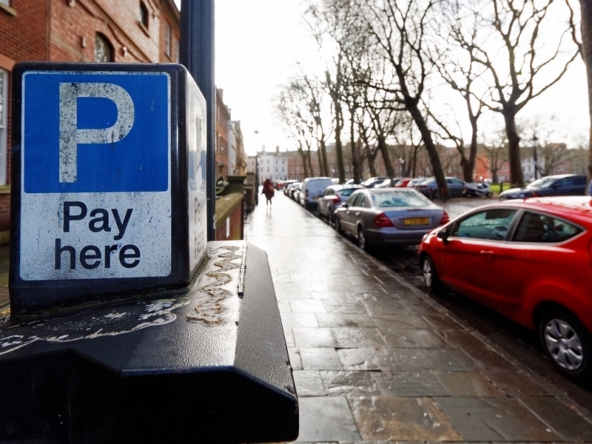Cheltenham might be new to you, but this small town has a lot of history behind it – and not just Georgian! People have been living around Cheltenham for centuries and some have left their marks so if you’re a history buff, here are our picks for some days out to get to know your new home.
Holst Victorian House
Situated at 4, Clarence Road, Cheltenham, the Holst Victorian House (formerly known as the Holst Birthplace Museum) is the place composer Gustav Holst was born on September 21 1874.
The house is now a 19th century time capsule, with a functioning Victorian kitchen, nursery, bedroom and scullery for visitors to explore and learn about everyday life during this period.
Holst went to Cheltenham Grammar School (the modern-day Pate’s Grammar School) and gave his first concert at the Montpellier Rotunda (now Lloyds TSB) at the age of 21. The composer is best known for The Planets Suite, which he wrote between 1914 and 1917, and which represents the different attributes of the seven known planets.
Sudeley Castle
A short drive out of Cheltenham through the popular Cleeve Hill area is Sudeley Castle in Winchcombe. Even though the castle is in ruins it’s still an imposing sight and has more than its fair share of history, being the home and final resting place of Katherine Parr, Henry VIII’s last wife.
During the Civil War, King Charles I took refuge in Sudeley and his nephew Prince Rupert used the castle as an operational base. Other royals, including Elizabeth I and George III visited the castle as well, making it of great interest to history fans.
The Pittville Pump Room
The largest and last of the spa buildings constructed in Cheltenham, architect John Forbes built the Pittville Pump Room between 1825 and 1830. The pump room was the centrepoint of politician Joseph Pitt’s plans for a new town built around one of Cheltenham’s northerly spa water wells.
The Pump Room is now a Grade I listed building at the northern end of Pittville Lawn, surrounded by landscaped grounds and a lake. Visitors to Pittville Pump Room can see the original marble pump, which today is supplied with water by electricity.
Chedworth Roman Villa
One of the largest and most elaborate Roman villas found in Britain, Chedworth Roman Villa dates back to the 2nd century, although further building phases happened up until the 5th century.
Discovered in 1864, the villa features a west wing with a mosaic floor and a dining room, as well as a heating system and two bathing areas. After its discovery, the villa was fully excavated and opened to the public before The National Trust acquired it in 1924 and started a conservation project.





